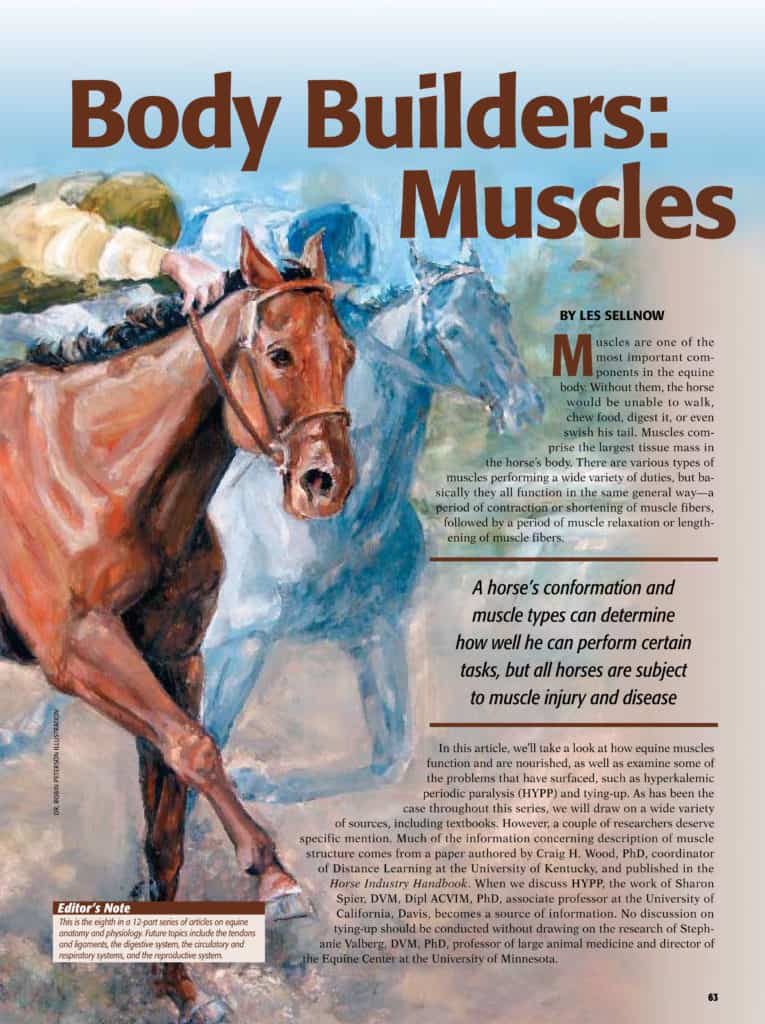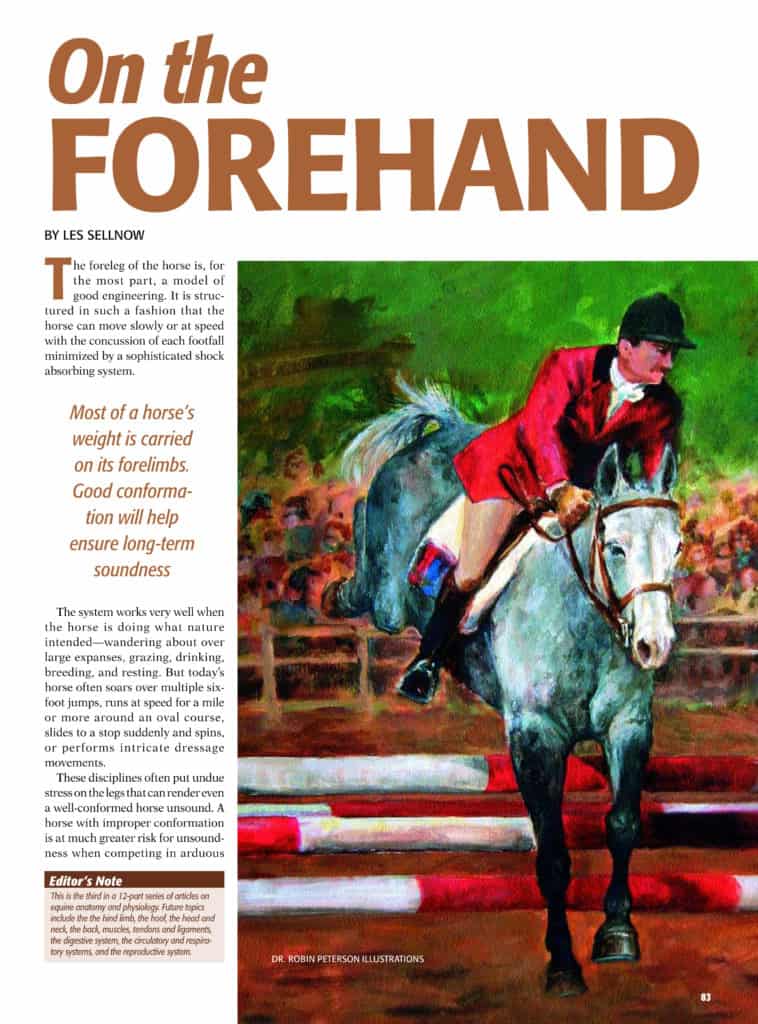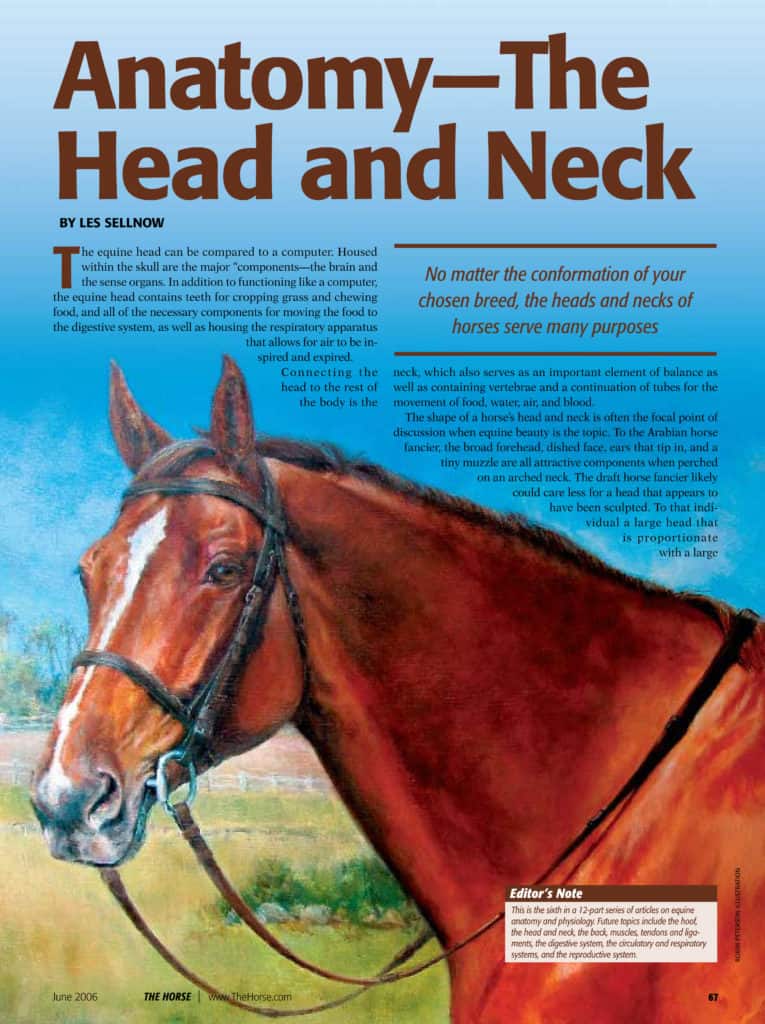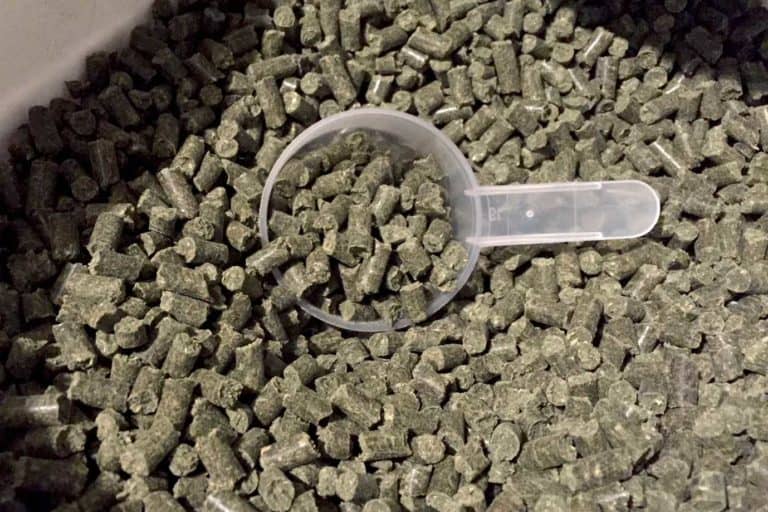Risk Factors for Gastric Ulcers in Thoroughbreds
Up to 86% of Australian Thoroughbred racehorses have been reported to have gastric ulcers. Many factors can contribute to ulcers, and researchers at Murdoch University set out to determine which ones were the most significant for this population
























